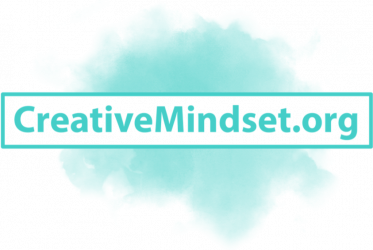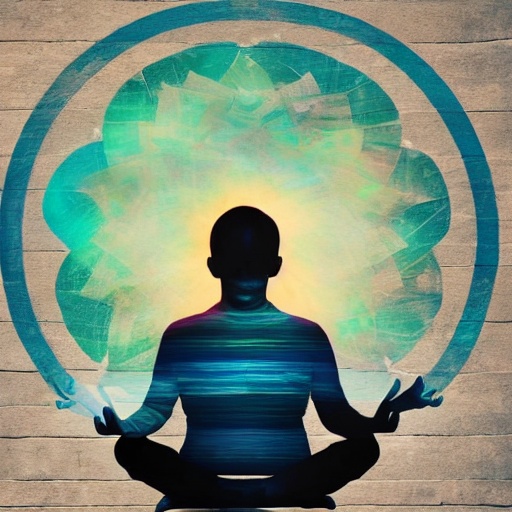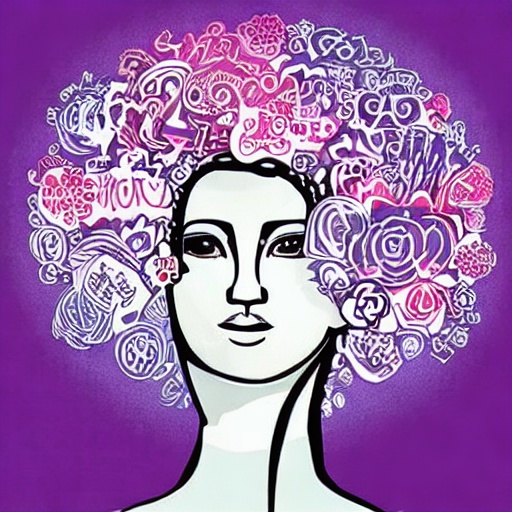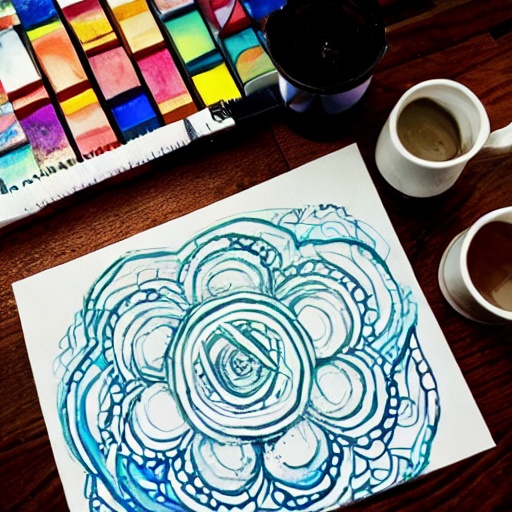Have you ever felt a tingling in your scalp when listening to someone murmur softly or tap their fingernails gently? If so, this may be because your scalp is sensitive to sound. That would be an example of an independent sensory meridian response. The Autonomous Sensory Meridian Response, often known as ASMR, is a psychological and physiological response to stimuli that results in a state of profound relaxation. In recent years, the practice of meditation, which has been compared to having a “brain massage,” has seen a rise in popularity as a technique of coping with stress and anxiety.
It’s possible that you’re asking yourself, “But what does this have to do with imagination?” Now that we are aware of its potential, Autonomous Sensory Meridian Response (ASMR) can be a helpful resource for anyone working in the arts, including musicians, graphic designers, and authors. The relaxing effects of ASMR might open one up to creativity, which could result in compositions that are more well-thought-out and original.

The Autonomous Sensory Meridian Response
The Autonomous Sensory Meridian Reaction, or ASMR, is a tingling sensation that can start on the scalp and travel down the spine in response to specific environmental signals. These environmental cues include things like low noise, light touch, or eye contact. This stimulation elicits a variety of responses from individuals, but in general it results in a feeling of calm and composure, and in some cases even drowsiness.
ASMR can be triggered by a variety of sounds, including whispering, tapping, scraping, and stroking, though each individual will have their own distinct collection of sounds. Visual stimuli, such as the deliberate, rhythmic motion of someone folding towels, have also been shown to induce ASMR in certain people. Experimenting with different sounds and movies is the best way to figure out what aspects of ASMR are most effective for you.

The Physiological Consequences of an Uncontrolled Sensory Meridian Response
When engaged, ASMR causes a wave of pleasurable sensations to spread throughout the body, which, in turn, reduces feelings of tension and anxiety while simultaneously heightening feelings of serenity and relaxation. According to a number of studies, autonomic sensory meridian response (ASMR) can boost one’s mood and overall health by inducing the release of “feel-good” neurotransmitters such as serotonin and oxytocin.
In recent years, there has been an increase in the amount of study conducted on the benefits of ASMR, and the findings have been encouraging. ASMR was found to be beneficial at reducing stress levels, according to a study that was published in the journal PLOS One. In a different piece of research, participants indicated that ASMR improved the quality of their sleep, as well as helped alleviate symptoms of depression and anxiety. It should not come as a surprise that ASMR has become increasingly popular as a means of self-care and relaxation considering the numerous beneficial impacts it produces.

ASMR can boost your creative process.
In addition to having a positive impact on our well-being and happiness, autonomic sensory meridian response (ASMR) can also have a substantial impact on our ability to think creatively and express ourselves in unique ways. We are able to enter a state of flow with the assistance of ASMR, which is a mental state in which our thoughts are unrestricted and open to taking in new information and ideas.
ASMR could be a savior for artists and other creative people who have trouble locating their muse. The meditative state that is generated by ASMR is beneficial for obtaining insight into one’s subconscious, which is where a lot of one’s original ideas and thoughts are stored, and bringing them to the forefront of one’s awareness. ASMR has the potential to serve as the tinder that ignites your creative fire, which can be useful whether you’re a writer trying to think of a new story idea or a musician searching for the ideal way to compose a piece of music.
ASMR has been put to use in a variety of contexts thanks to inventive people. For instance, some writers discover that they are better able to concentrate and pay attention to the subject at hand if they watch or listen to ASMR videos. ASMR has been utilized by musicians as a method for gaining access to their subconscious and coming up with new ideas for musical compositions. ASMR has also been used by people in the creative industry as a method to relax their minds and let their imaginations run wild, which has led to the production of more authentic works of art.
People who are creative might substantially benefit from listening to ASMR content because it can do everything from ease tension to boost concentration and spark ideas and new ways of thinking. When you incorporate ASMR into your daily routine, you will discover an entirely new source of inspiration and feel more liberated than ever before in the way that you express your creative side.
When looking for ASMR content online, it might be tough to know where to start. If you are just starting out in the world of creativity, it is recommended that you begin with content that is immediately connected to the topic that you intend to focus on. Additionally, it is recommended that you try out a variety of different ASMR triggers until you find the ones that work the best for you. You are able to find an ASMR experience that stimulates your creative thinking, whether it’s a sequence of whispers, a series of taps, or any other kind of quiet sound.
It is possible to get the most out of your ASMR sessions by ensuring that the environment in which you are doing them is quiet and serene. It is recommended that you put on headphones, turn off any potential distractions such as phones or televisions, and completely submerge yourself in the ASMR noises in order to get the most out of the experience. Try incorporating autonomous sensory meridian response, often known as ASMR, into your creative practice.

Developing Content for ASMR
If you’re feeling creative, it’s not that difficult to create your own ASMR videos on your own computer. To create an ASMR experience, one must first select the relevant sounds or triggers, then record them using a microphone, and finally edit the recording after it has been created.
To create your own ASMR content, all you need is a microphone, a quiet location to record in, and some props to make the sounds you want to incorporate into your videos. There are many different kinds of editing software available, and each of these programs has the ability to enhance and refine your ASMR movies in its own unique way.
When creating ASMR content, it is absolutely necessary to keep in mind the factors that contribute to the popularity of ASMR. This can be accomplished in a number of ways, including the playing of soothing music, minimizing the amount of ambient noise, and placing more of an emphasis on the experience of the listener. But more than that, you need to experiment with a variety of approaches until you discover what works for you and the people who make up your target audience.
It’s possible that generating ASMR videos might be both pleasurable and lucrative as a process. It is an excellent method for locating your own distinctive voice, and it has the potential to open up totally new channels of expression. By being involved in the ASMR community, you can liberate your creativity and discover new ways to form meaningful connections with other people.
It doesn’t matter if you’re an experienced artist or if you’re just looking for a new method to express yourself; ASMR could be a terrific resource for encouraging creativity in either case. The soothing sounds and meditative benefits of ASMR have been shown to improve creative output, attention, and the natural flow of ideas.

Give it a try!
It is both exciting and powerful to be able to employ ASMR as a technique of expressing oneself and exploring one’s own inner world. It has the potential to alleviate tension and stress, so making room for increased creativity and insight. What are you holding out for exactly? Try out the ASMR technique. It doesn’t matter if you’re an artist looking for new ideas or just someone looking for a new way to relax; the Autonomous Sensory Meridian Response, or ASMR, has the ability to completely transform your creative process. In that circumstances, there is no reason to hold off any longer. Perform some analysis on the potential advantages of ASMR, then give it a chance.






